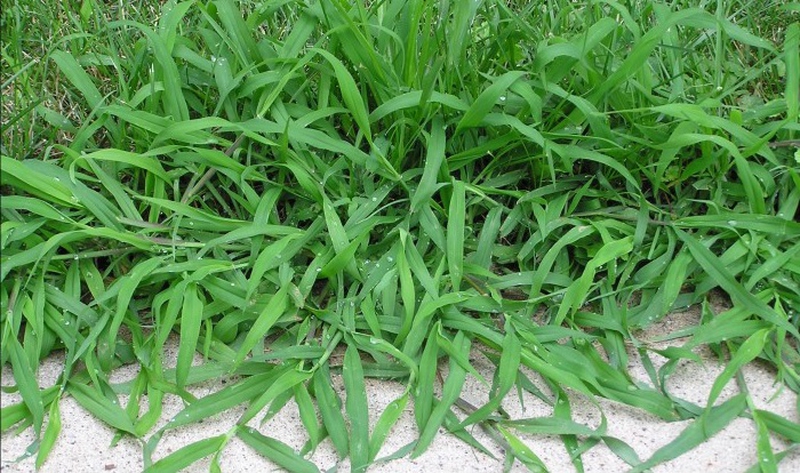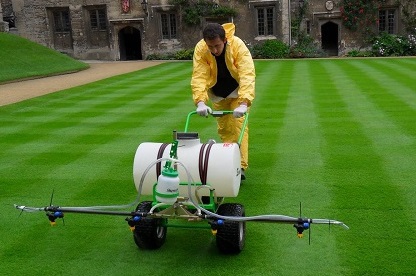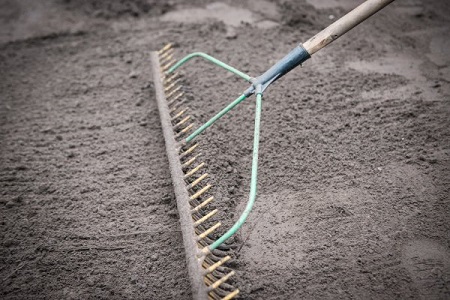The appearance of crabgrass in your diligently crafted lawn can be a frustrating sight. Crabgrass is usually a real eyesore and is capable of germinating entire lawns. It is actually a weed that grows from one of the central roots and then moves quickly during the summer season. The weed itself dies out during fall but it sprays around a large number of seeds that eventually germinate during spring. It is important for you to learn how to kill crabgrass whenever it appears. If not, it has the capacity to ruin your lawn completely.

How to Kill Crabgrass
Apply Preemergence Herbicide
How to Apply Preemergence Herbicide
As for how to kill crabgrass, preemergence herbicide is considered the best treatment. It should be applied during the spring before crabgrass start spraying. The herbicide creates a chemical wall at the top of the soil so that when the seeds of crabgrass start to germinate, they die because of the chemical. Add preemergence herbicide into a fertilizer is the most cost-effective way of tackling crabgrass.
Select the Right Timing for Preemergence Herbicide
Choosing the right timing for the application of preemergence herbicide isn’t easy. When applied too early, the herbicide loses most of its effectiveness. When applied too late, the germination goes past the stage where the herbicide can work. The best timing usually comes between your 2nd and3rd mowing in the year when the soil temperature hits around 52 degrees F. If applying the preemergence herbicide just before rain, you will get a better result.
Reseed or Apply Preemergence Herbicide?
Preemergence herbicide doesn’t just deal with crabgrass, but can also kill desirable grasses. So, seeding and application of preemergence herbicide can’t be done at the same time. The best way to handle this is to use preemergence herbicide during the spring to kill off crabgrass and start seeding two months later or early in fall.
Pull Them Out
If slightly green blades start to thicken around the Kentucky Blue in your lawn around six or eight weeks into its growth, it is usually a sign of crabgrass. Pulling the crabgrass out at such a stage normally proves effective. However, in case you see that the weed has grown up a bit then you must take a look at the seed head. If the seed head is closed at the time of inspection, then you can proceed with the pulling. While if the seed head tines have stretched out, you should leave it alone because if you pull it out now, the seeds would scatter around in that region, making way for the growth of more crabgrass.
Spray With Postemergence Herbicide
The application of posteemergence herbicide should be done as soon as the crabgrass sprouts because the herbicide can kill the weed during a 2 week period. And it’s best to apply the product on a hot and dry day to make the most out of it. However, once the crabgrass has moved on to seeding, the application of the herbicide would be a waste of product because by the point that the herbicide starts to work, the plant would have finished seeding and the herbicide can do no harm to it. In this case, you should save the herbicide for the next spring.
Start All Over Again
If you start dealing with crabgrass too late and this grass has ruined 60%-70% of the lawn, then the best option for you would be to start all over again. To start over, you must first kill all the vegetation by using a nonselective herbicide. The herbicide should start to work and kill off all the grass and the weeds within a two week period. Once the process is completed, you can start with the renovation.
Try Corn Glue Meal
However, if you are averse to the idea of using herbicides, Corn Gluten Meal (CGM) is another alternative to control crabgrass. This corn byproduct can control broadleaf weeds by releasing a protein that drastically decreases the speed at which the roots of weed seedlings grow. While the method is effective, it is very expensive and hard to apply.
How to Prevent Crabgrass
Use Watering Techniques
Short bursts of frequent watering makes the root system of the lawn weaker rather than making it strong. To make your lawn more tolerant to heat and to encourage the roots go deeper, you should only water them once every week and make sure it's a thorough irrigation.
Maintain Proper Mowing Height
When mowing, it’s important not to mow the grass below 2 inch. This is because if mowed too short, the grass would lose its vitality and the weeds would seize a chance to take the space. So when mowing, take care of the height of the grass and keep it between 2 to 3 inches.
Reduce Soil Compaction
Soil compaction gives rise to growth of weeds mostly in lawns where the soil mainly comprises of clay, as soil compaction cuts out the water and air circulation needed by the grass roots. To reduce soil compaction, you should get an aerator every alternative year and run it over your lawn.
Choose the Right Fertilizer
Any fertilizer with a ‘quick green-up’ on its label should be avoided as such a fertilizer would use great amount of nitrogen and make your lawn vulnerable to weeds in the long run. So when choosing fertilizers, you should pick a product that releases around 50% of its nitrogen very slowly.
Timely Reseed
Timely reseeding of areas which have been affected by the weed is important. The reseeding should be done during fall as the warm days and cool nights are conducive for the process.
Try Double Dose
Lawn areas which are present near curbs and driveways face a lot more heat than other areas around summer and this leaves them prone to crabgrass. A double dose of seeds for lawns in these areas can prove effective against appearance of crabgrass.







View All Comments /Add Comment